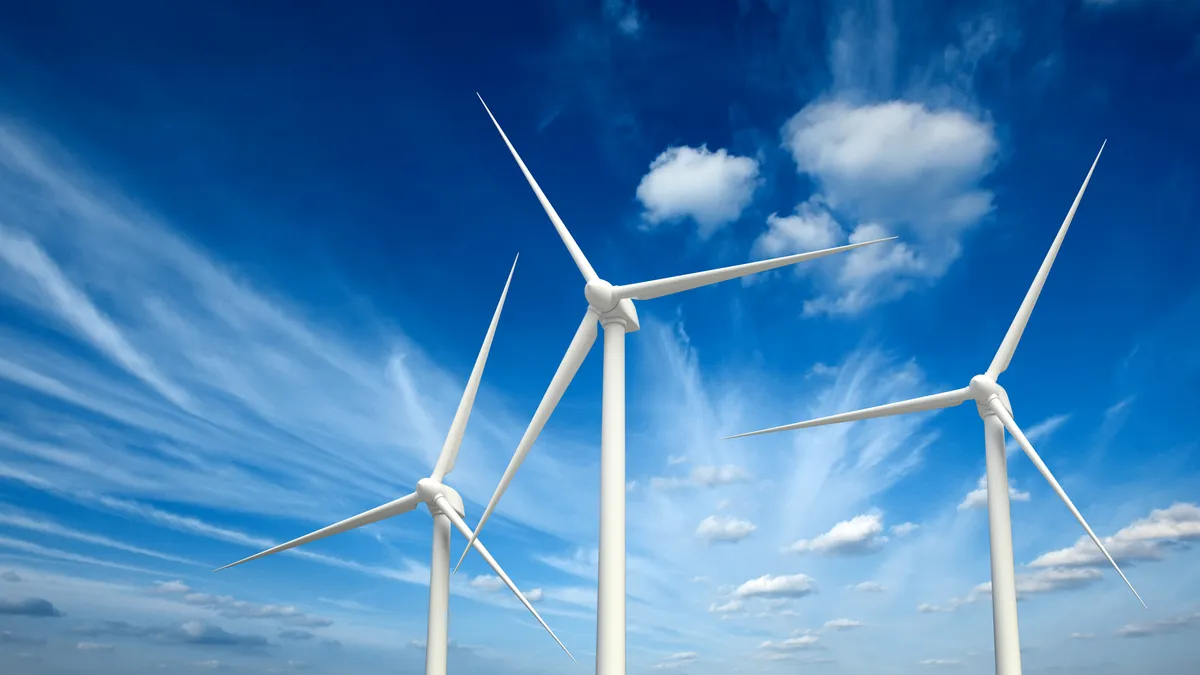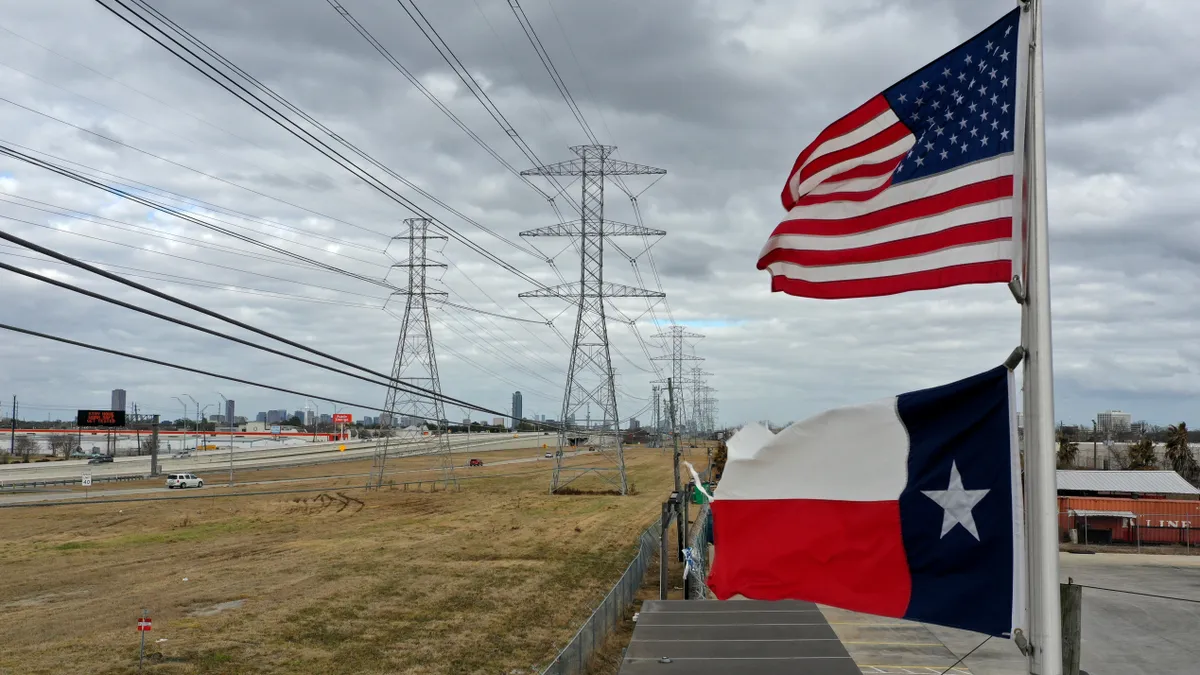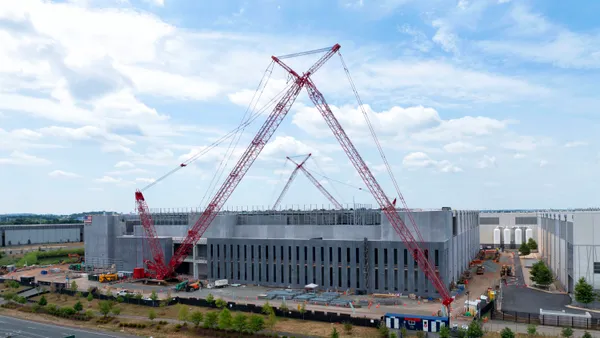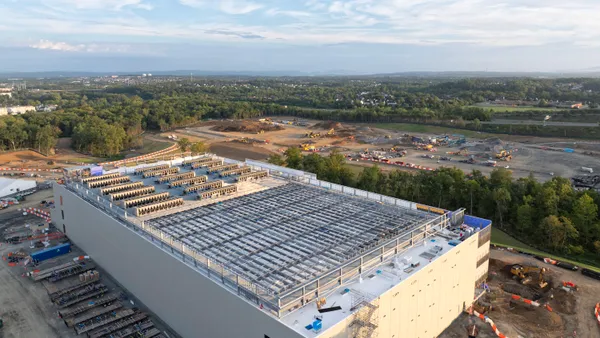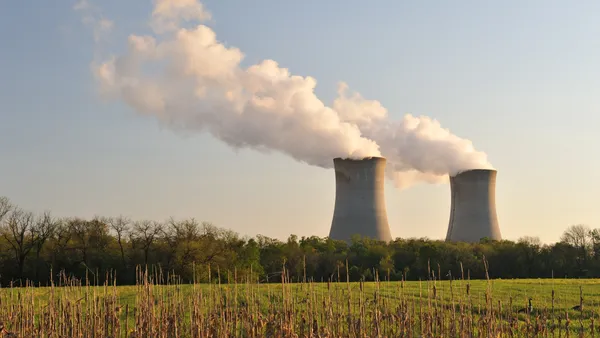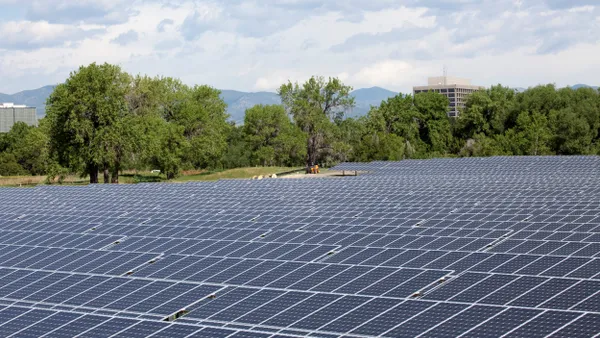Dive Brief:
- An annual report from the U.S. Department of Energy highlights not just the rapidly declining cost of clean energy technology, but also the speed at which deployment is accelerating.
- Since 2008, the cost of land-based wind power has fallen 41% according to the "Revolution Now" report, while distributed and utility-scale solar resource costs have declined 54% and 64%, respectively.
- Wind and solar accounted for more than 66% of new capacity installed last year, and installations of LED bulbs have more than doubled from last year. Cumulative EV sales are about to pass the half-million mark, DOE reported.
Dive Insight:
Sometime earlier this year, the millionth rooftop solar system was installed on an American business or residence, illustrating how rapidly clean energy technology is being deployed. In fact, DOE's latest report on the sector shows what wind, solar and battery developers have long said: prices are dropping rapidly, and that's helping grid edge technology become mainstream.
Onshore wind made up more than 40% of the new capacity installed in the United States last year, while utility scale solar added 15% and generated enough electricity power more than 2 million homes last year.
"Decades of investments by the federal government and industry in five key clean energy technologies are making an impact today," DOE said. "These technologies are now readily available and our country has already begun to reap the benefits through their increased adoption."
The shift towards renewables has shown up in recent reports from the U.S. Energy Information Administration. Last month, renewable energy generation—including hydropower—outstripped levels from previous years, showing rapid growth in the sector. As renewable energy capital costs have come down, capacity additions from non-hydro renewable sources have accounted for most of the capacity additions in a 3-year span.
In other news, lithium-ion prices have steadily fallen, opening up the door for other storage markets previously unaccessible, according to storage developer Stem.
Falling renewable energy costs are speeding deployment, DOE's new report shows.
Department of Energy



